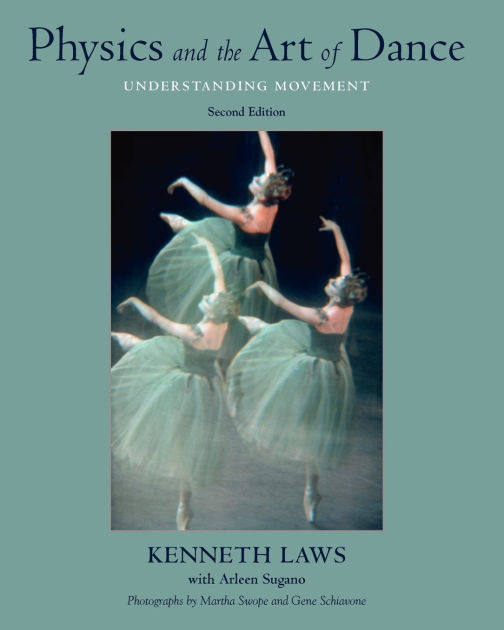Show Different Types Of Forces And Law Of Motion In Different Types Of Dance Forms Presentation
| Introduction to Forces and Laws of Motion in Dance Forms | ||
|---|---|---|
| Forces and laws of motion play a crucial role in various dance forms, influencing the movements and dynamics of dancers. Understanding these forces and laws can enhance our appreciation of the skill and artistry behind different dance styles. Let's explore some examples of how forces and laws of motion are manifested in different dance forms. | ||
| 1 | ||
| Ballet - The Graceful Interplay of Forces and Motion | ||
|---|---|---|
| Ballet showcases the elegant interplay of forces and motion, adhering to Newton's laws. Law of Inertia: Dancers maintain their balance and continue their movements unless acted upon by an external force. Law of Action and Reaction: Ballet dancers demonstrate this law through their precise footwork and partnering, creating beautiful lifts and jumps. | ||
| 2 | ||
| Hip Hop - Energy, Momentum, and Dynamic Forces | ||
|---|---|---|
| Hip Hop dance style involves dynamic movements that rely on energy, momentum, and the application of forces. Law of Acceleration: Hip hop dancers often exhibit quick and powerful movements, accelerating their bodies in various directions. Law of Friction: Dancers rely on friction between their shoes and the floor to execute dynamic slides, spins, and intricate footwork. | ||
| 3 | ||
| Contemporary - Fluidity, Momentum, and the Expression of Forces | ||
|---|---|---|
| Contemporary dance emphasizes fluidity and the expression of forces, breaking traditional movement patterns. Law of Conservation of Momentum: Dancers use their bodies' momentum to transition seamlessly between movements, creating a continuous flow of energy. Law of Gravity: Contemporary dancers often explore gravity-defying movements, showcasing their control and manipulation of gravitational forces. Conclusion: Forces and laws of motion are fundamental in understanding the mechanics behind different dance forms. From ballet's graceful adherence to Newton's laws to hip hop's energetic application of forces and contemporary's exploration of momentum, these principles shape the artistry and physicality of dance. Appreciating these forces and laws enhances our understanding and admiration for the skillful movements of dancers across various styles. |  | |
| 4 | ||


